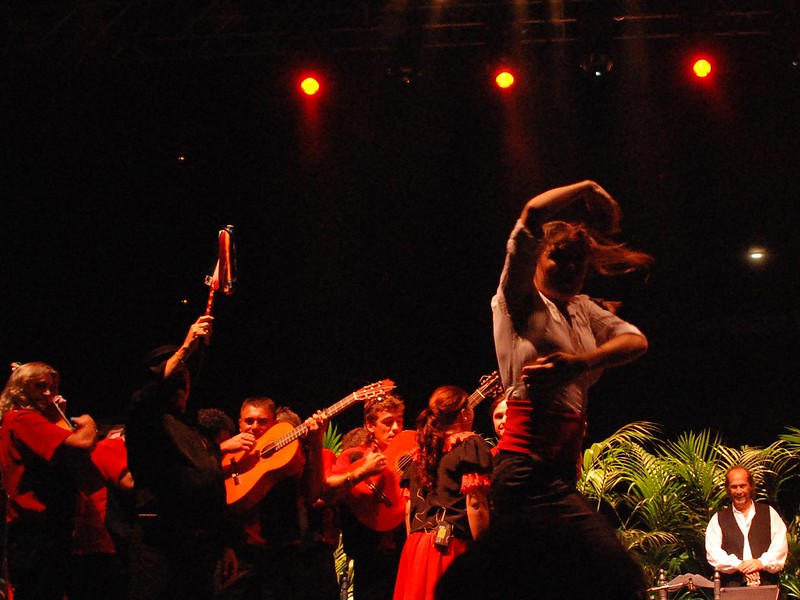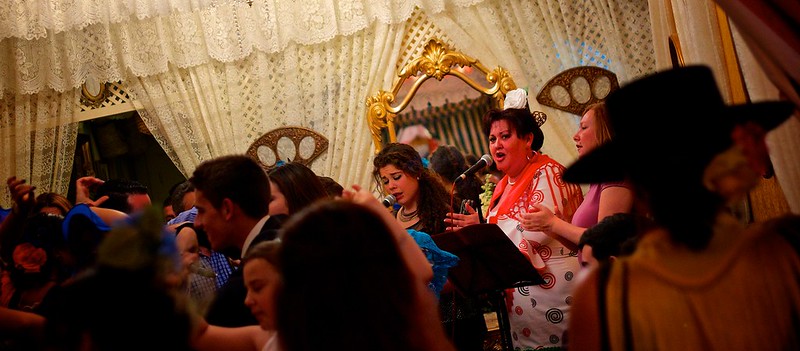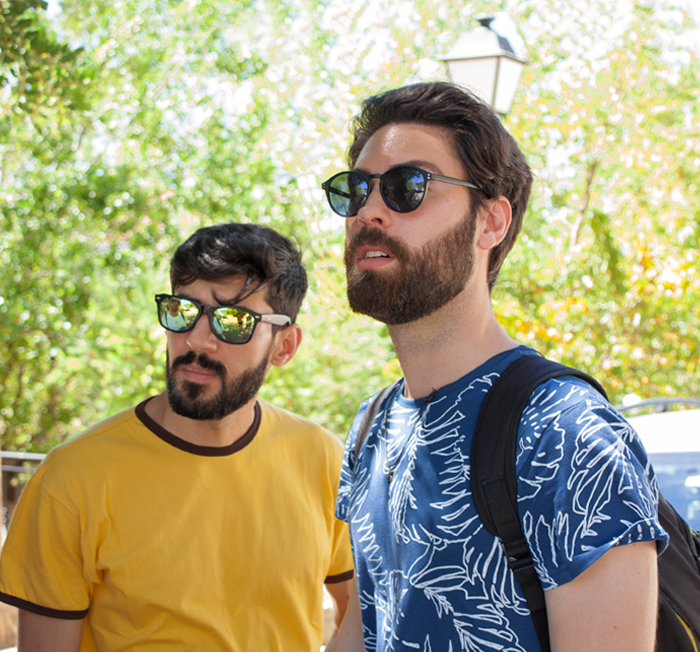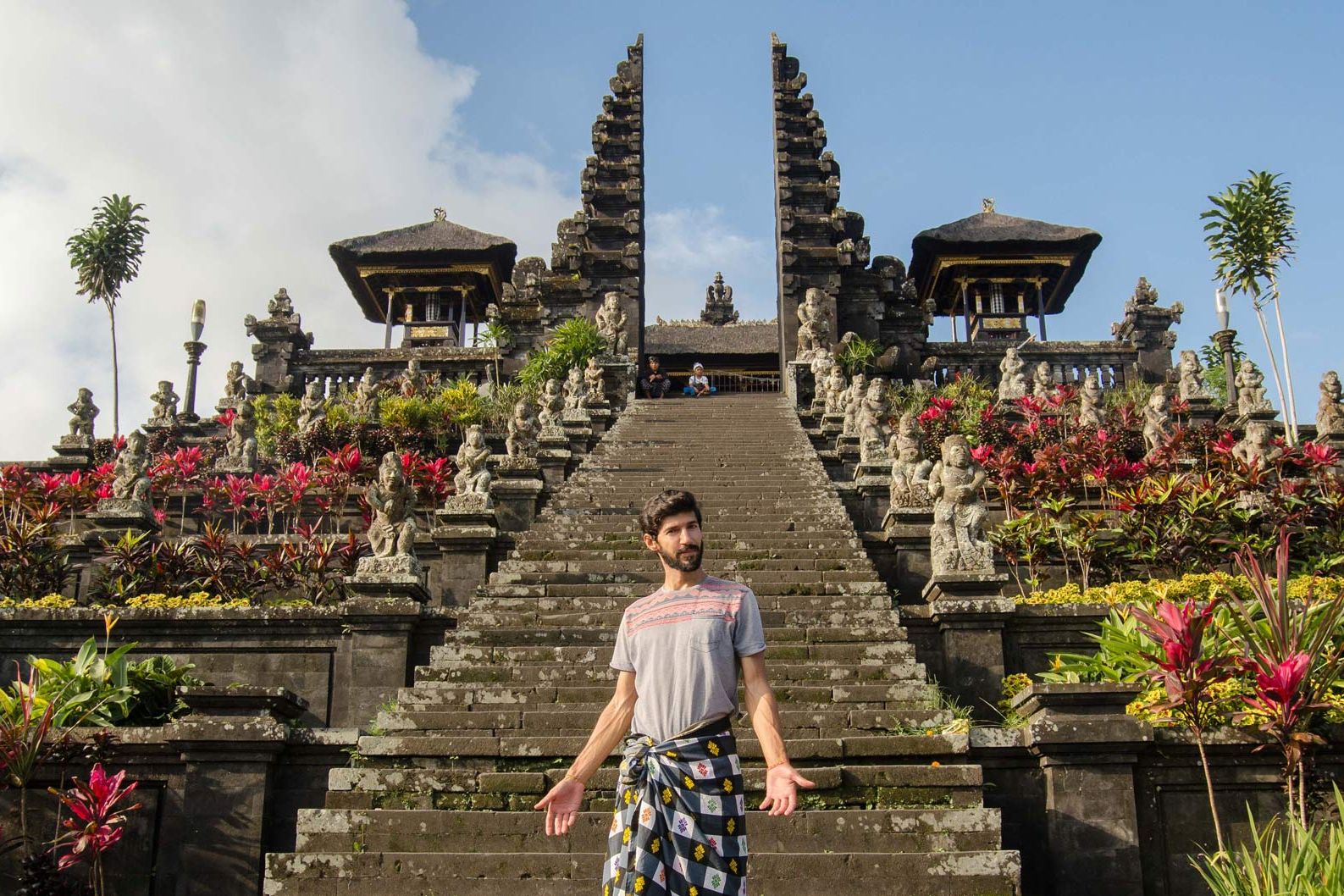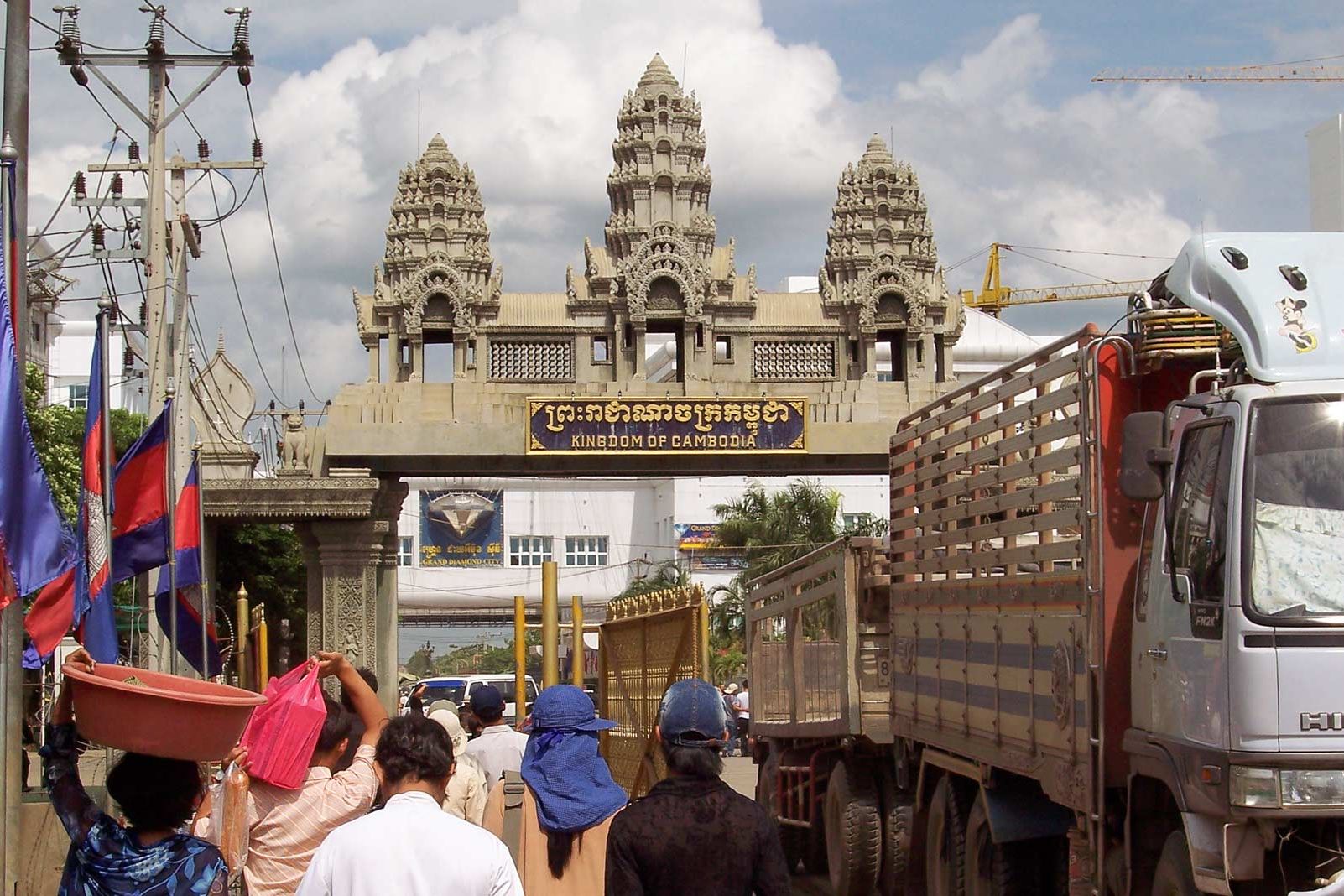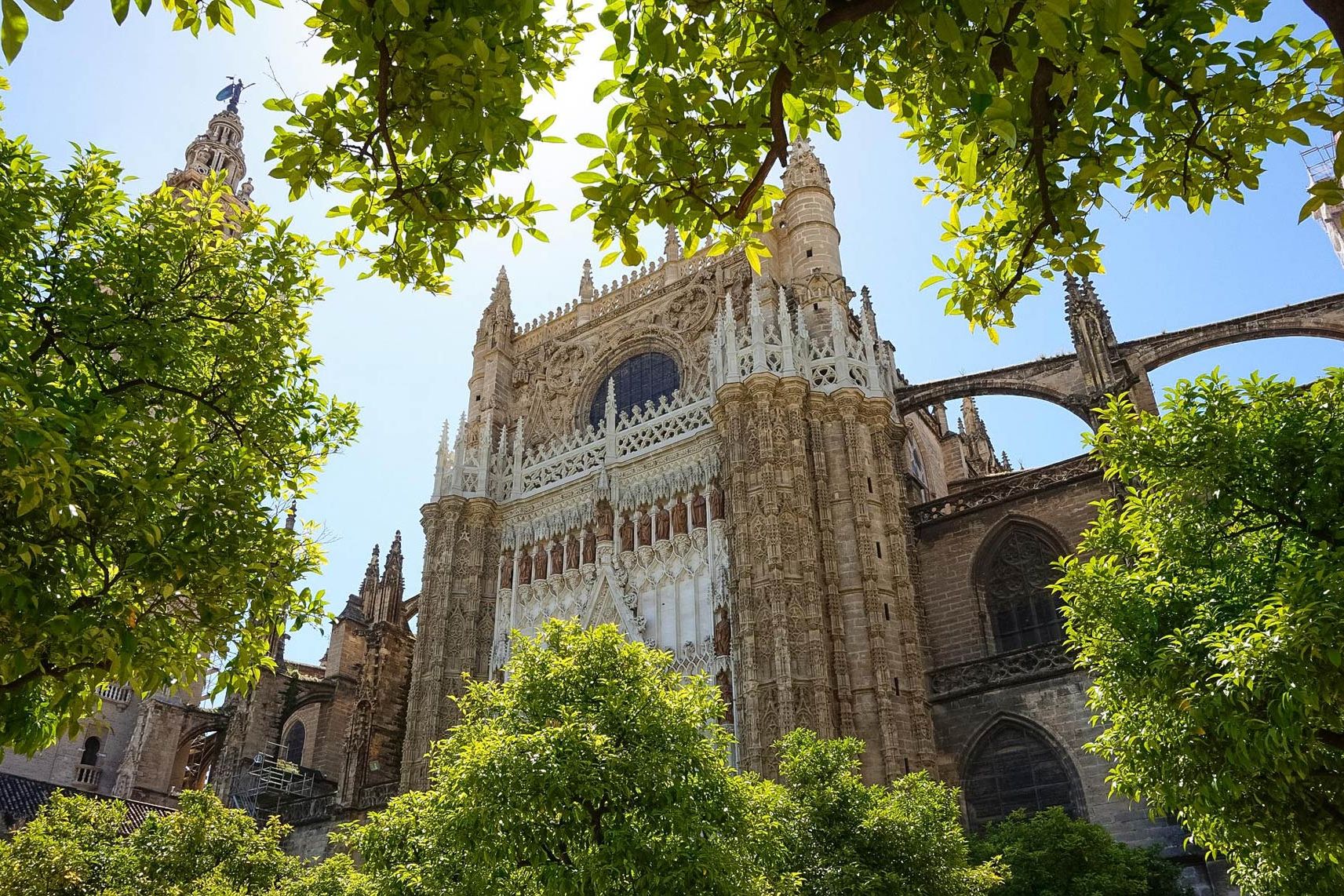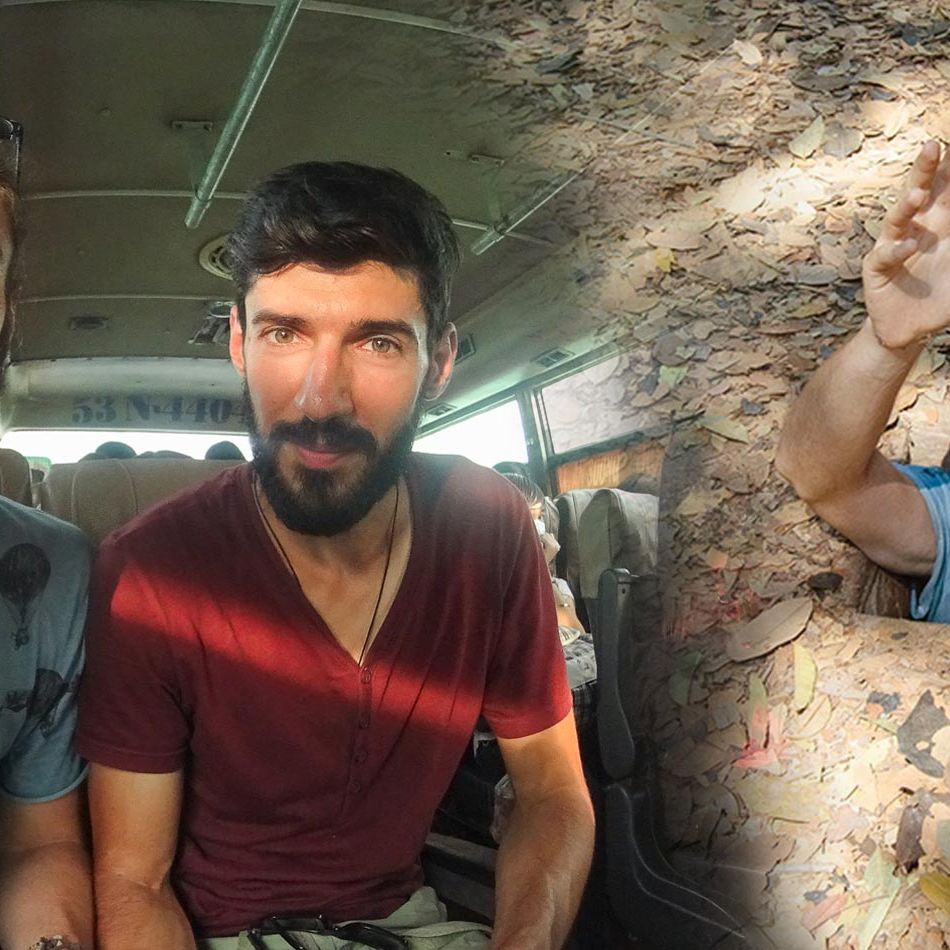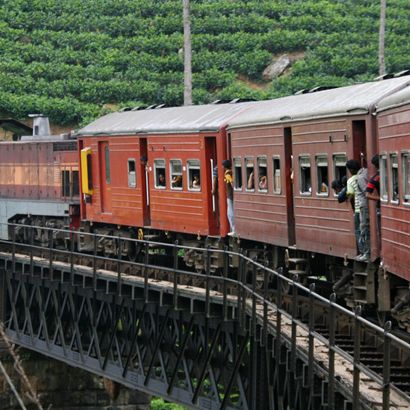As travelers, we all hope to live deep cultural experiences when we travel to a new country. But we all know we can’t get that from visiting monuments and landmarks highlighted on a travel guide or tourist map.
That’s why we’re showing you 3 cultural and living traditions you can actually get involved in to enhance your Seville travel experience.
1. Flamenco
Influenced by Moorish, Jewish, and Gypsy cultures, Flamenco is considered one of the Intangible Cultural Heritage of Humanity.
One of the perks of being in Seville is that you can experience flamenco dancing in various intimate settings venues, bars, and tablaos around town. This means that you can do so while enjoying a glass of wine and the typical Spanish tapas.
The Flamenco Biennial (September/ October)
For almost a month (September to October) professional and amateur dancers come together to dance Flamenco in its most traditional form, and more contemporary expressions.
The festival takes place on many stages scattered around town, and although some shows are free, most tickets start at €10 all the way up to €40.
Find more info about the program and prices here: www.labienal.com
Cristina Hoyo’s Flamenco Dance Museum
Located at the heart of Barrio de Santa Cruz this museum provides a great way to explore the historical roots of Flamenco Dancing through videos, music, and artifacts.
Tip: Every Friday and Saturday at 19H30 visitors of the museum can attend a flamenco show for a discounted price.
Museum entrance fee:
Adults pay €10, children €6 and students €8.
Museum opening hours:
10H00 to 19H00.
Flamenco shows ticket cost:
To attend the regular shows adults pay €22, children €12, and students €15.
For the intimate shows (44 people max.) adults pay €30.
Flamenco shows schedule:
17H00, 19H00, and 20H45.
In high season there’s an extra show at 22H15.
2. Easter Holy Week / Semana Santa (March/ April)
If you’re traveling through southern Spain in the months of March and April (check the precise date here: Seville Holy Week), don’t miss the opportunity to experience how the Holy Week is celebrated by Sevillians.
It’s a unique cultural manifestation in the world. It doesn’t matter if you’re Hindu, Buddhist, or an atheist, the Seville Holy Week is the greatest religious event in all of Andalusia — and perhaps all of Spain.
Thousands of people gather on the main streets of Seville to be part of the celebrations. Men dressed in creepy long tunics with pointy hats (“creepy” due to the resemblances with the KKK tunics, but not related) carry on their shoulders heavy altars with images of Christ and the virgin Mary.
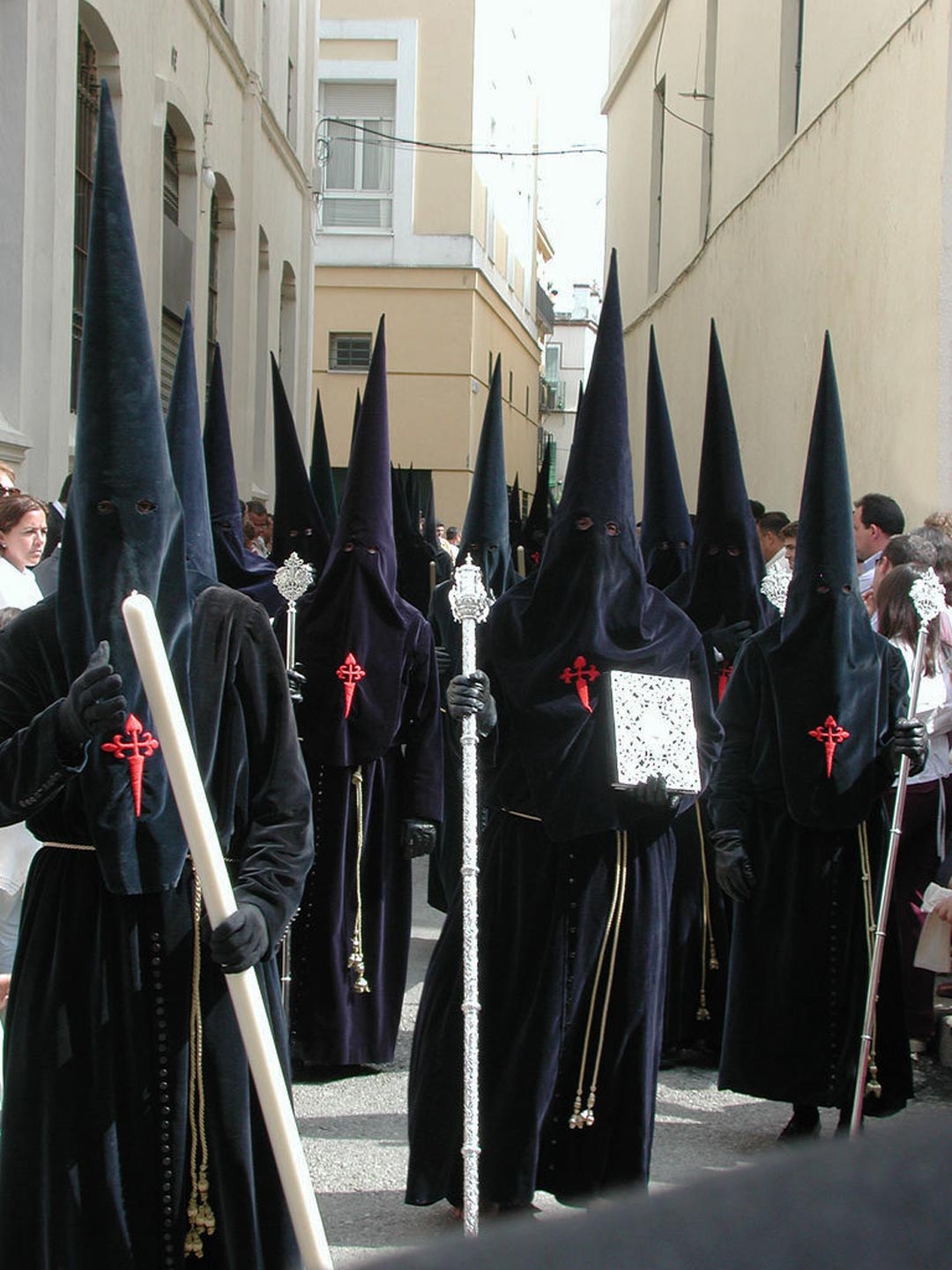
The city gains an eerie atmosphere as the strong incense smell that follows the processions blends with the scent of orange blossoms in the sidewalks. At night, there are music concerts all over town.
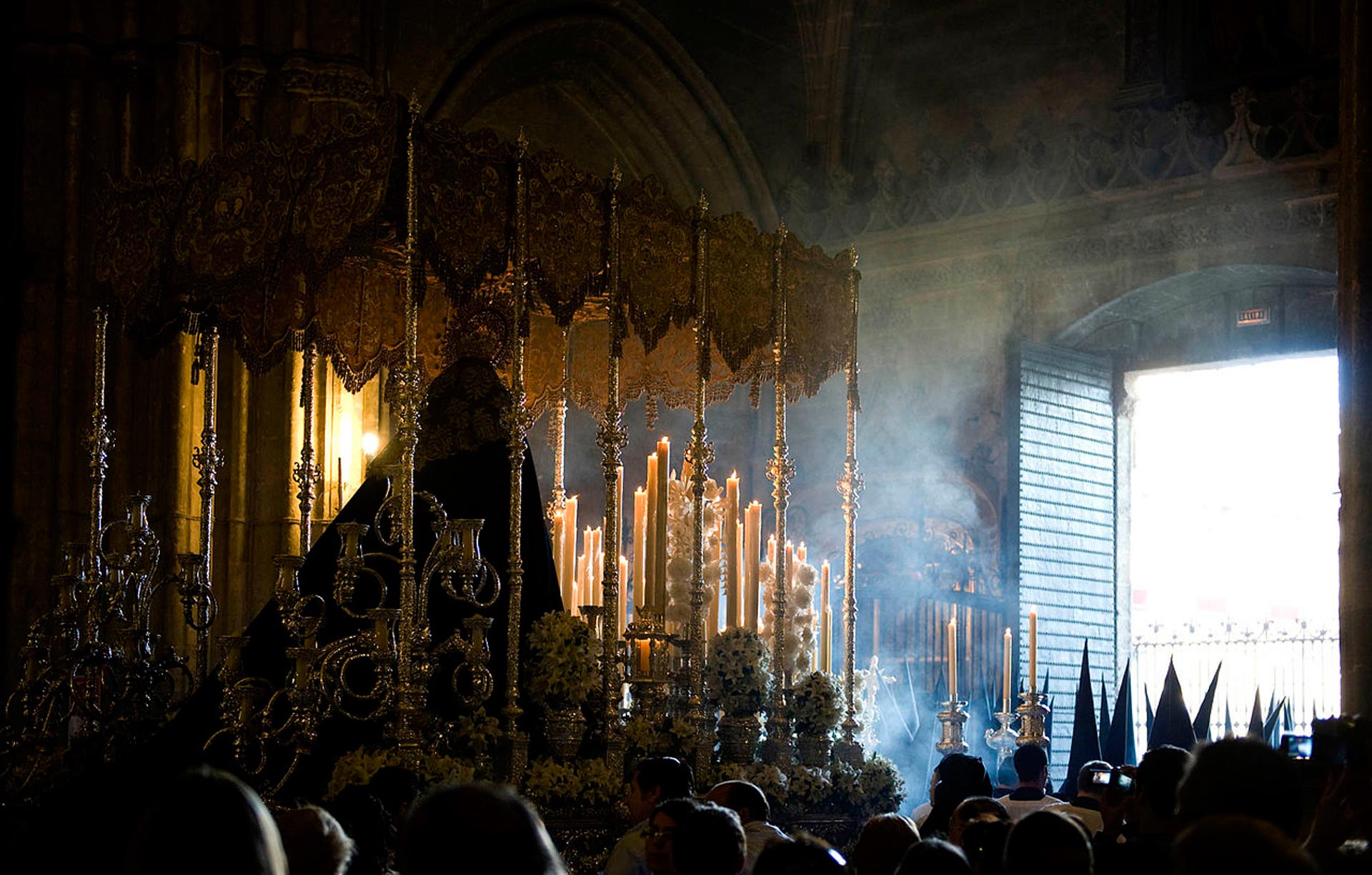
Tips for the Holy Week:
• Most processions begin at 7:00 p.m.
• Some processions are done in absolute silence, so turn off your phone.
• Choose wider streets and follow the procession for a while to see, listen, and feel the intensity of the ritual.
• During Holy Week it’s mandatory to book accommodation, restaurants, and events in advance.
• Respect people’s faith and dedication to these processions.
3. Seville fair (April)
The Seville Fair is one of the largest and most famous fairs in Spain.
Marking the beginning of spring, the fair kicks off in April (usually 2 weeks after Easter Holy Week) in the neighborhood of Los Remedios.

At the fair, you’ll find horse parades, flamenco music, and dancing, bullfighting, and Sevillanos dressed to the tee on private tent parties — this is Seville’s most exclusive party after all.

The tents (called casetas) are privately owned by religious groups and rich people — does the name Duchess of Alba rings any bell?
So unless you’re able to bribe the concierge, the only casetas you can enter are the ones run by the municipality.
Transports to the Seville Fair
🚇 Metro:
Hop on the metro in the city center and get off at the station Blas Infante.
🚶 By foot:
If you don’t mind the walk, you can reach the fair in 20 minutes from the city center.
🚌 By public bus:
During the week, public buses operate 24 hours a day, and the fleet is reinforced — yet they’re likely to be crowded anyways. Hop on the bus C1, C2, or 41 and get off at Recinto Ferial.
Tips for the Seville Fair:
• Avoid the weekend if you can. If the weekdays are busy, the weekend is PACKED!
• Visit the fair during the day. At night everyone gathers inside their casetas and if you didn’t score an invitation by a member, you’ll be left outside alone — and at night, very little happens outside the tents.
• The first Monday at midnight is the Alumbrado: the moment in which the major turns on the lights of the beautiful Portada, and the rest of the fairground. We’d say this is the only night that is worth being at the fair.

• Food and drinks are expensive, so eat before going.
For a more detailed explanation of all that goes down at the fair visit: www.sunshineandsiestas.com/feriasevilla
Cover photo by Seville Congress & Convention Bureau
RELATED POSTS
February 6, 2021
10 Must-Visits and Must-Sees in Seville, Spain
When Moorish, Romans, and Christians passed through Seville, they left in the city an incomparable cultural legacy that still…

